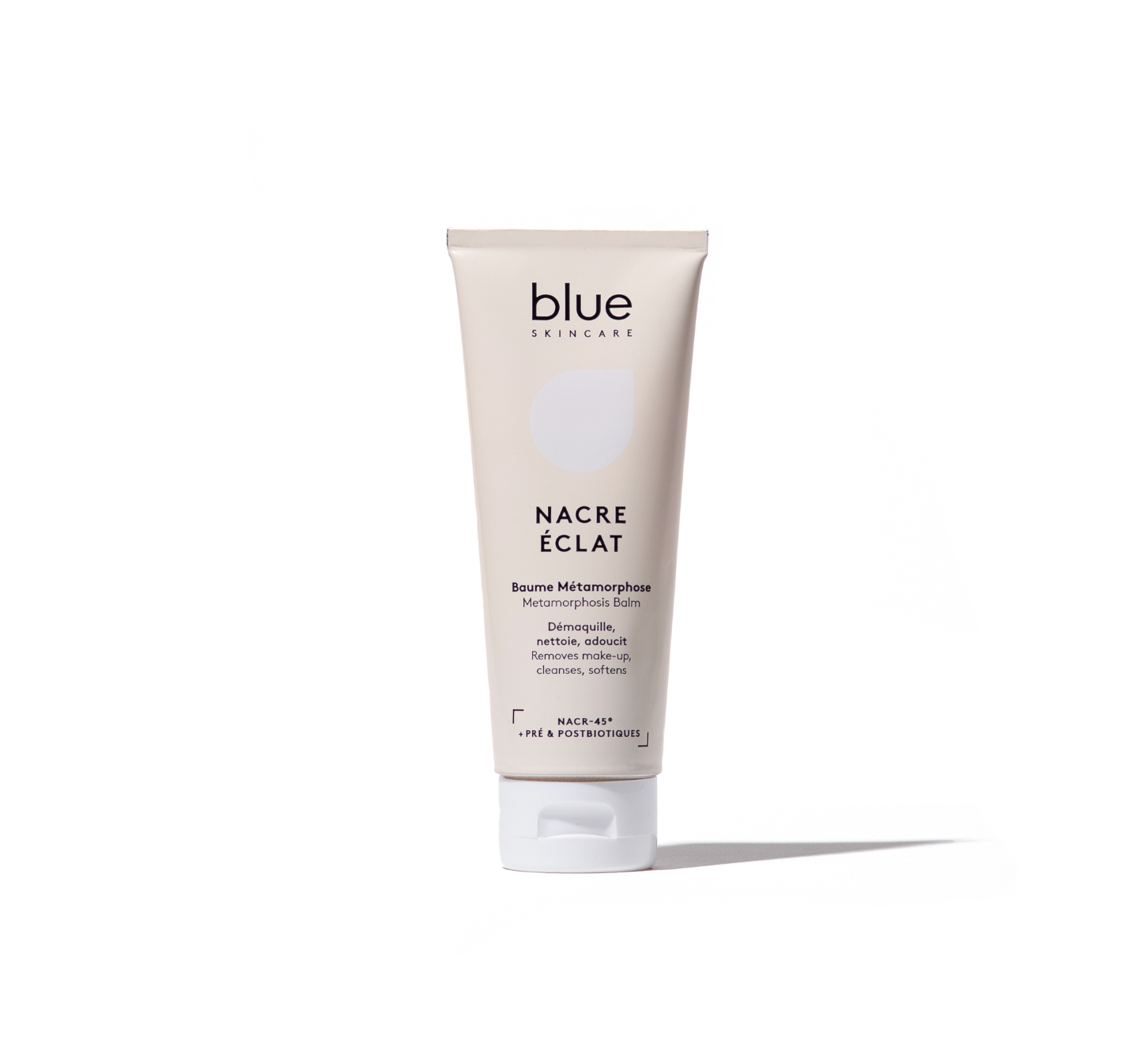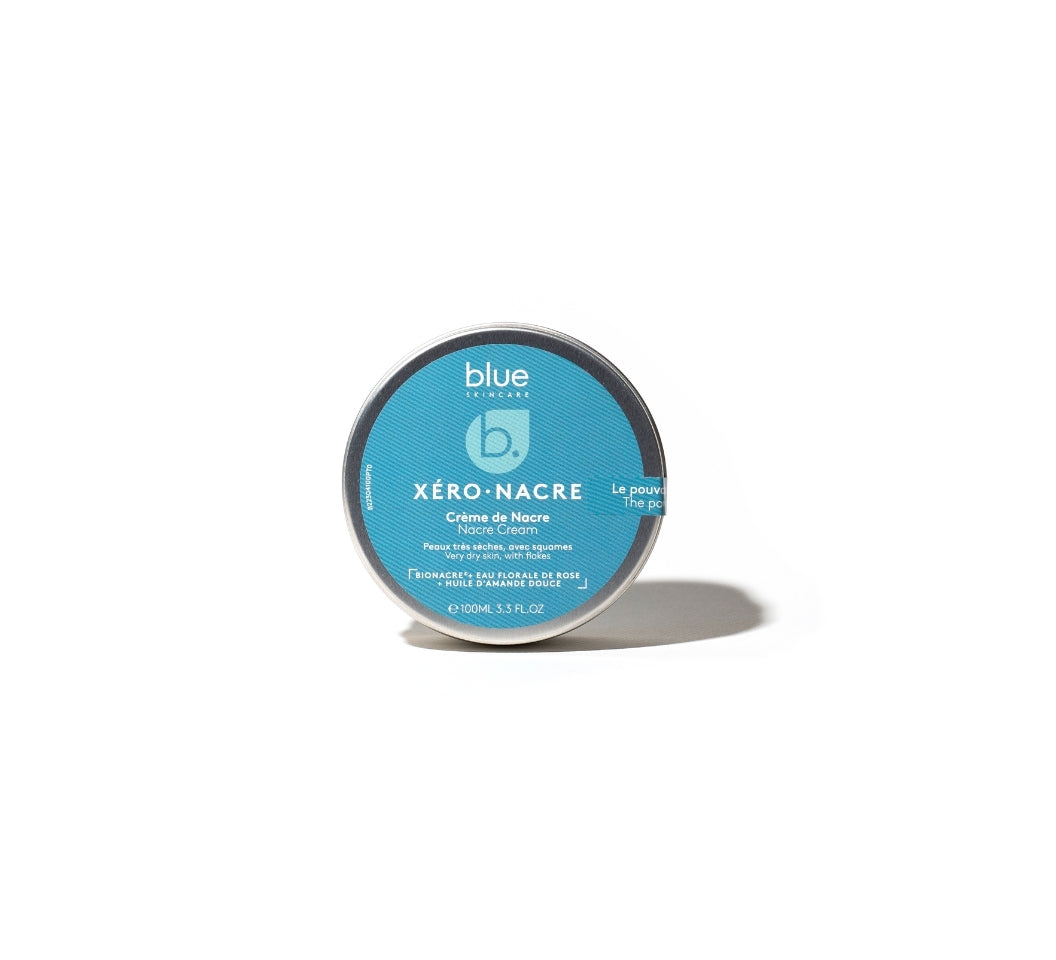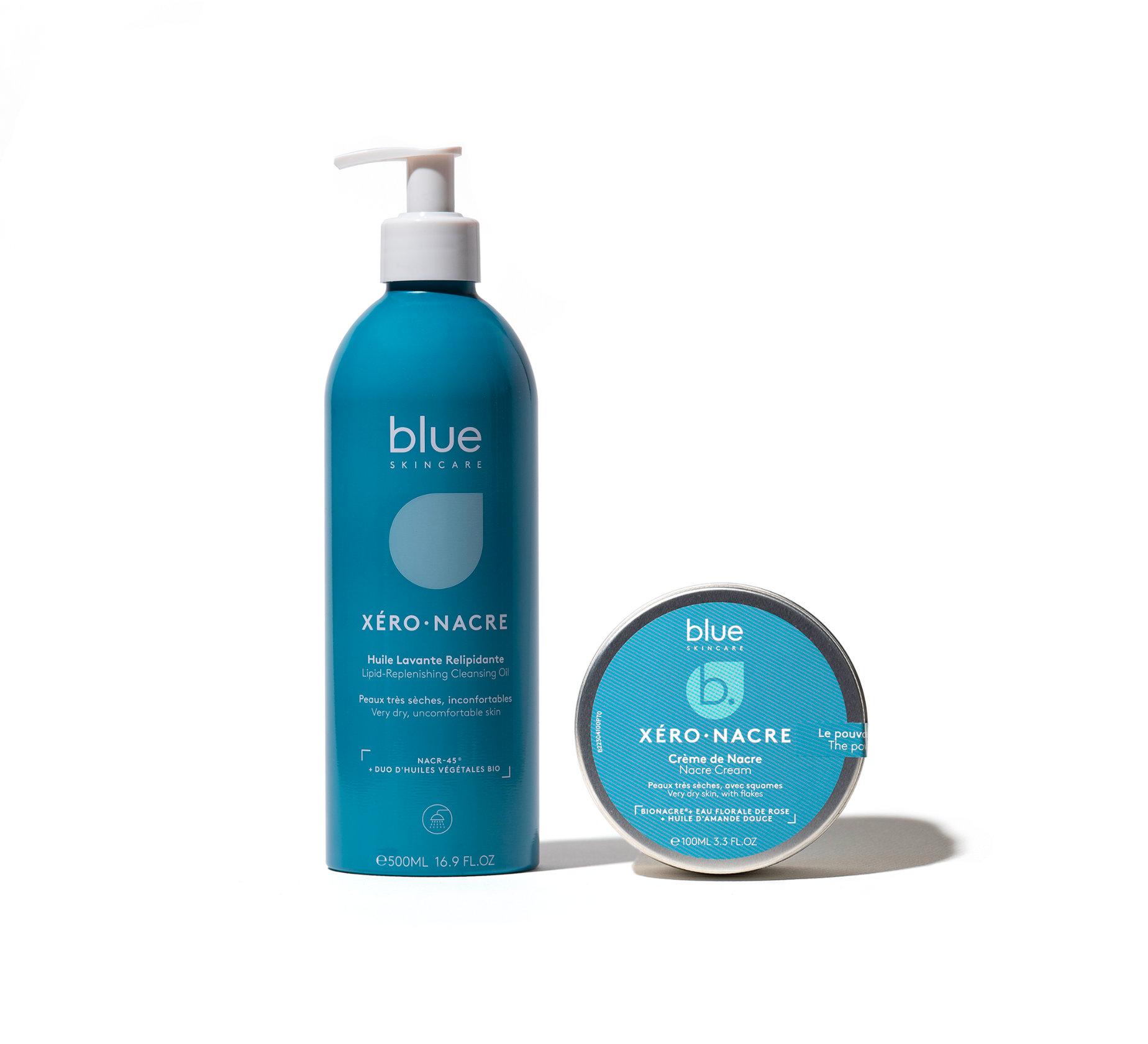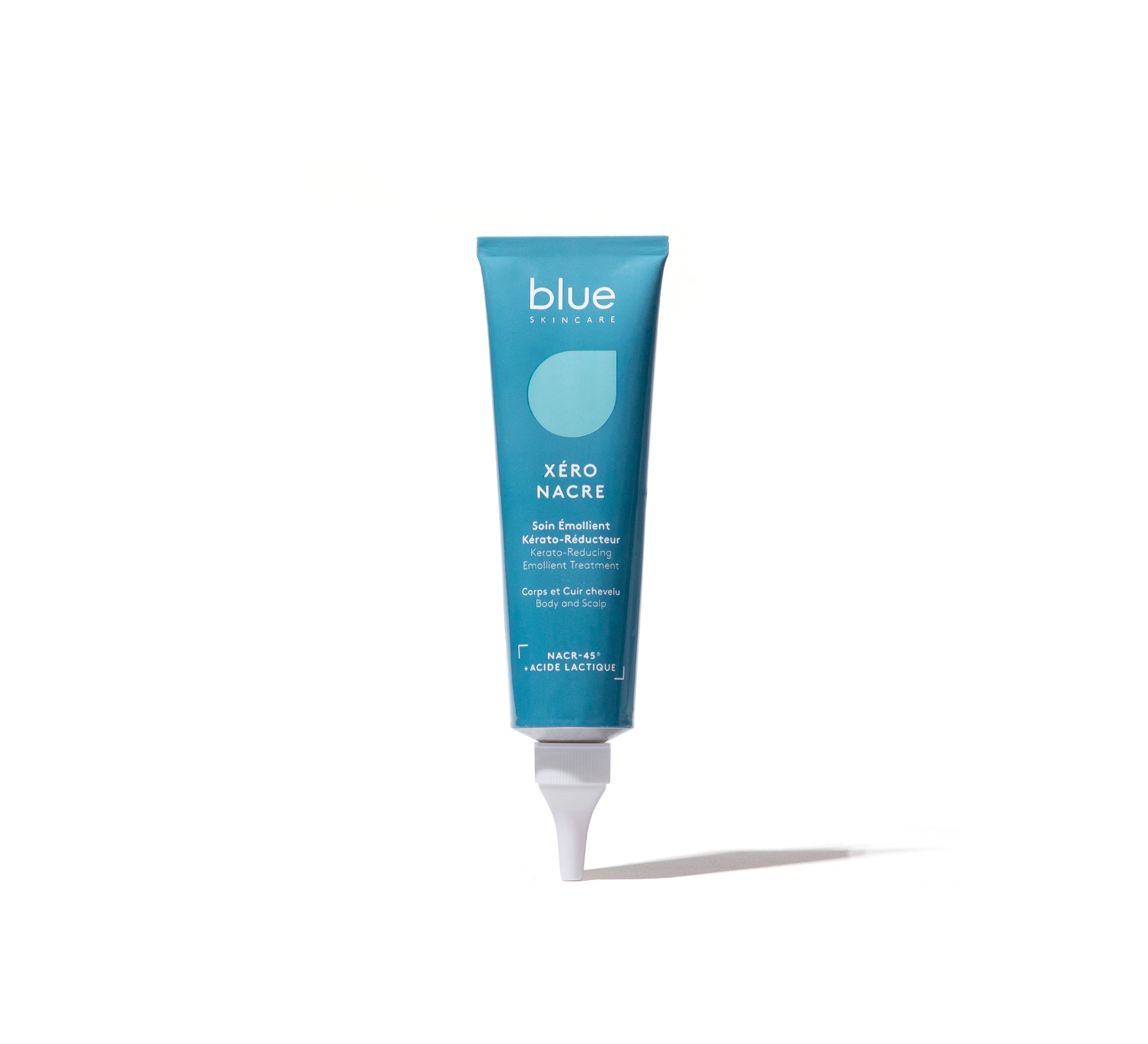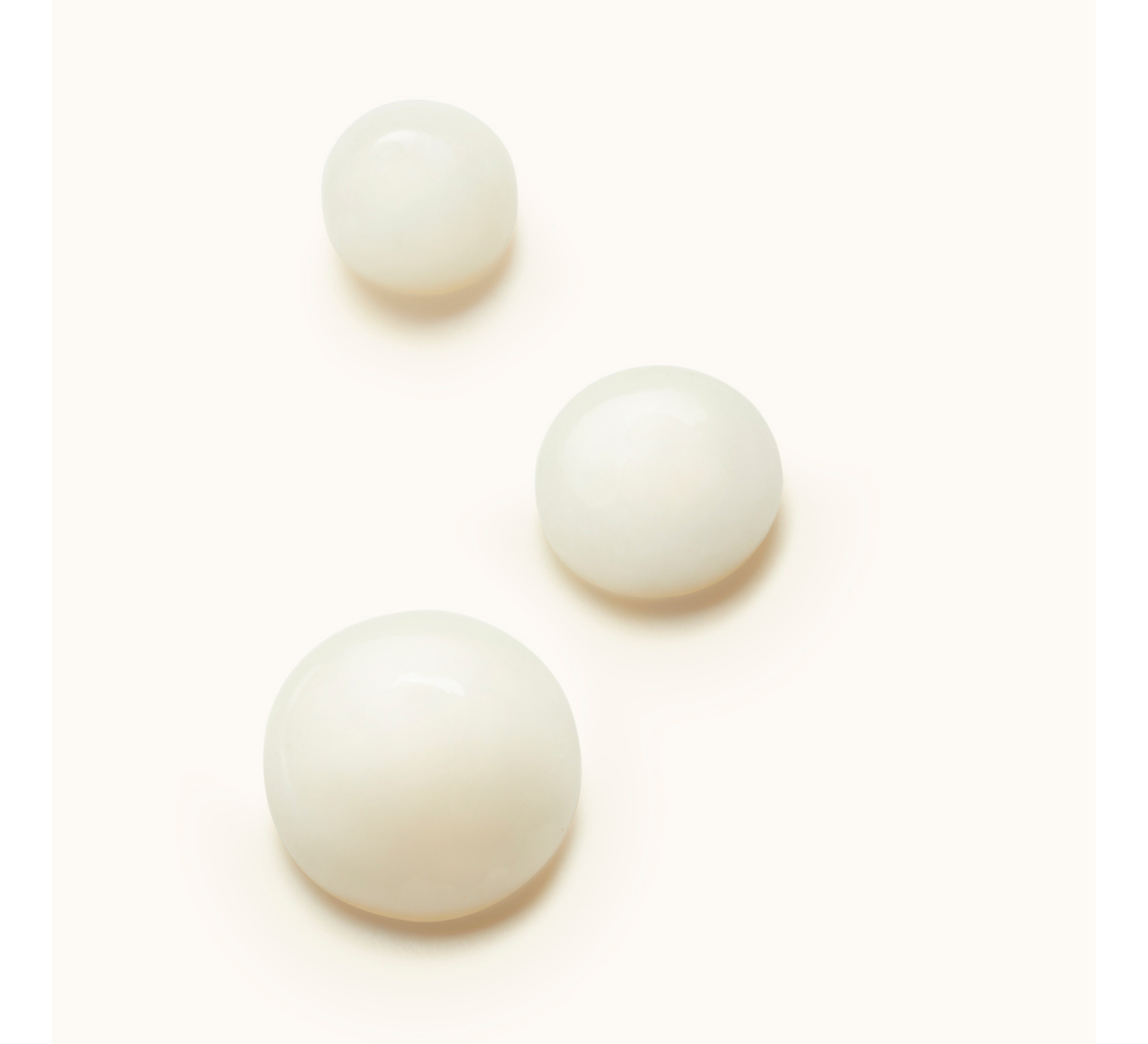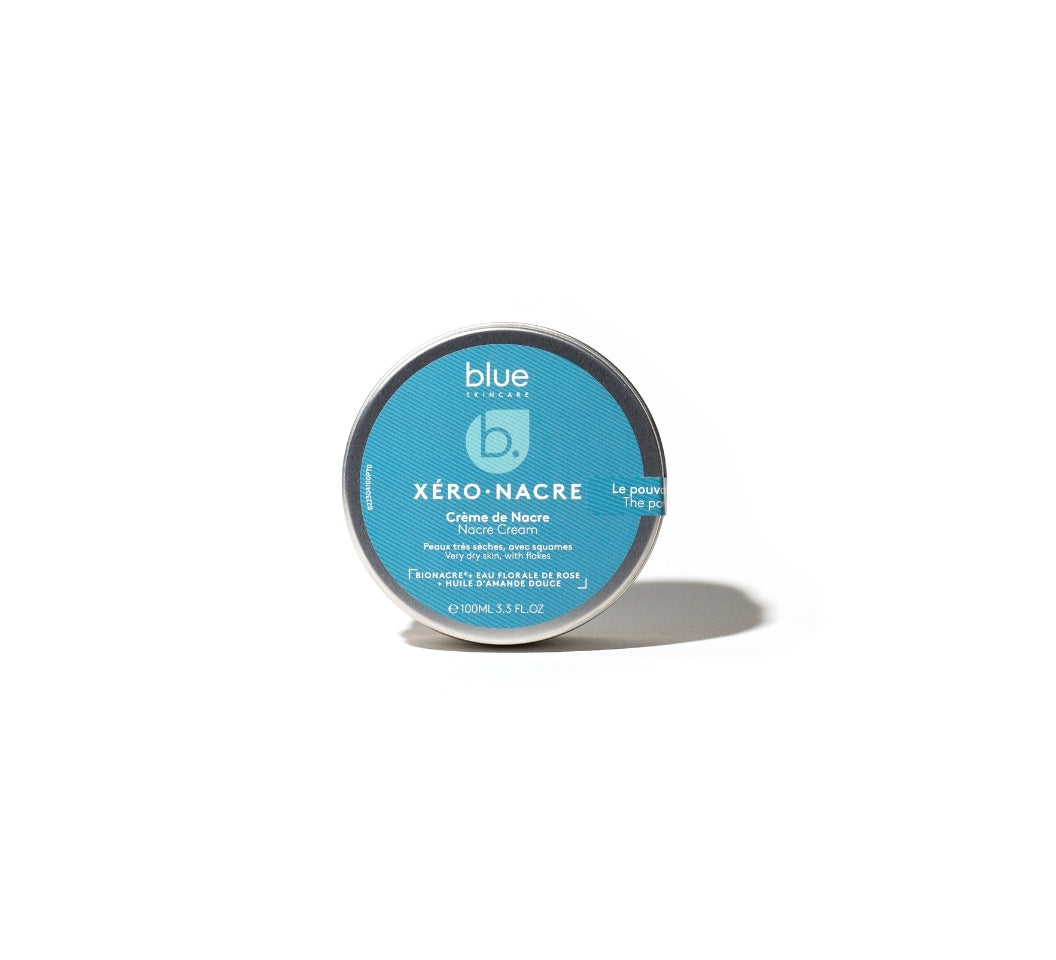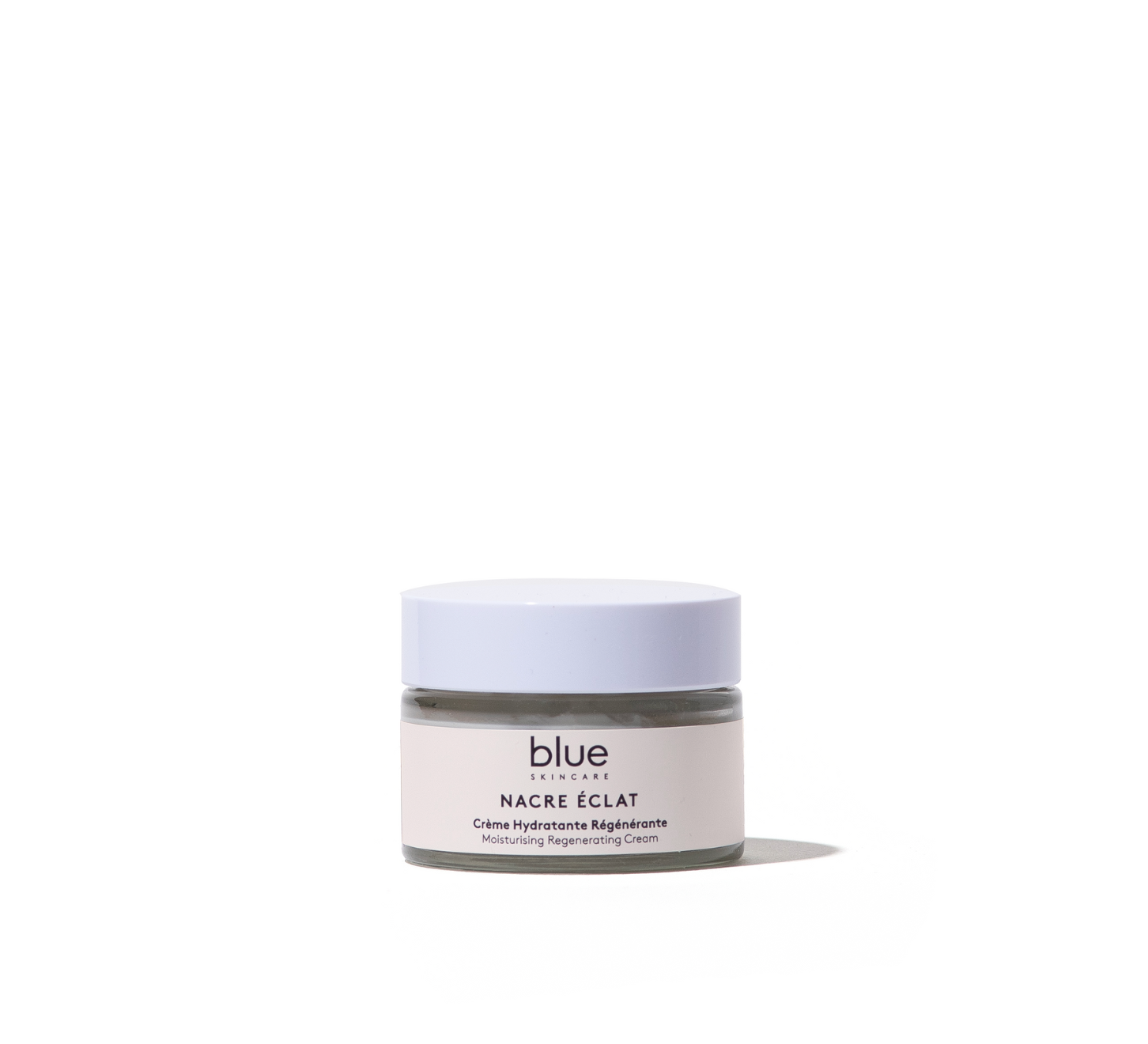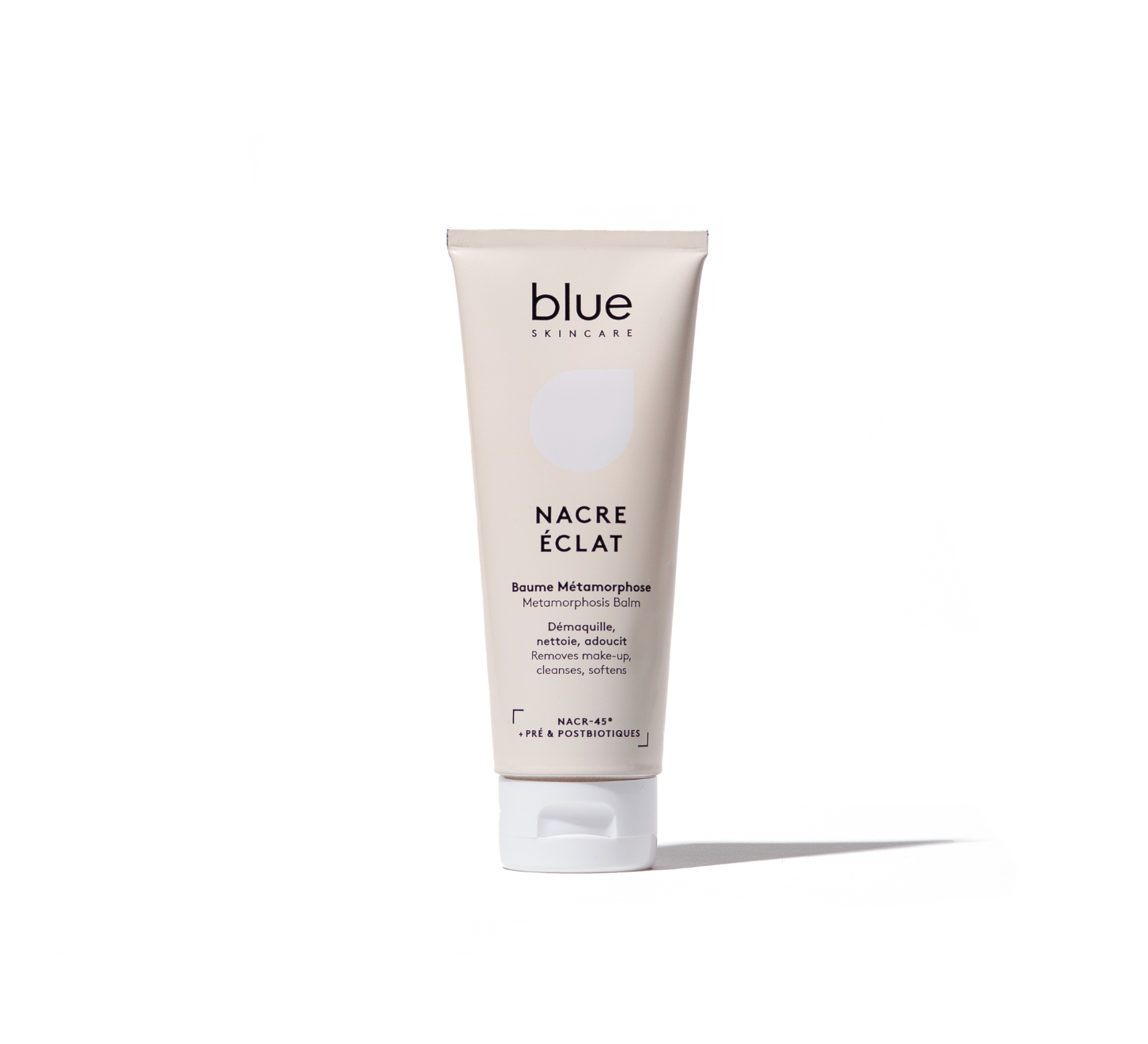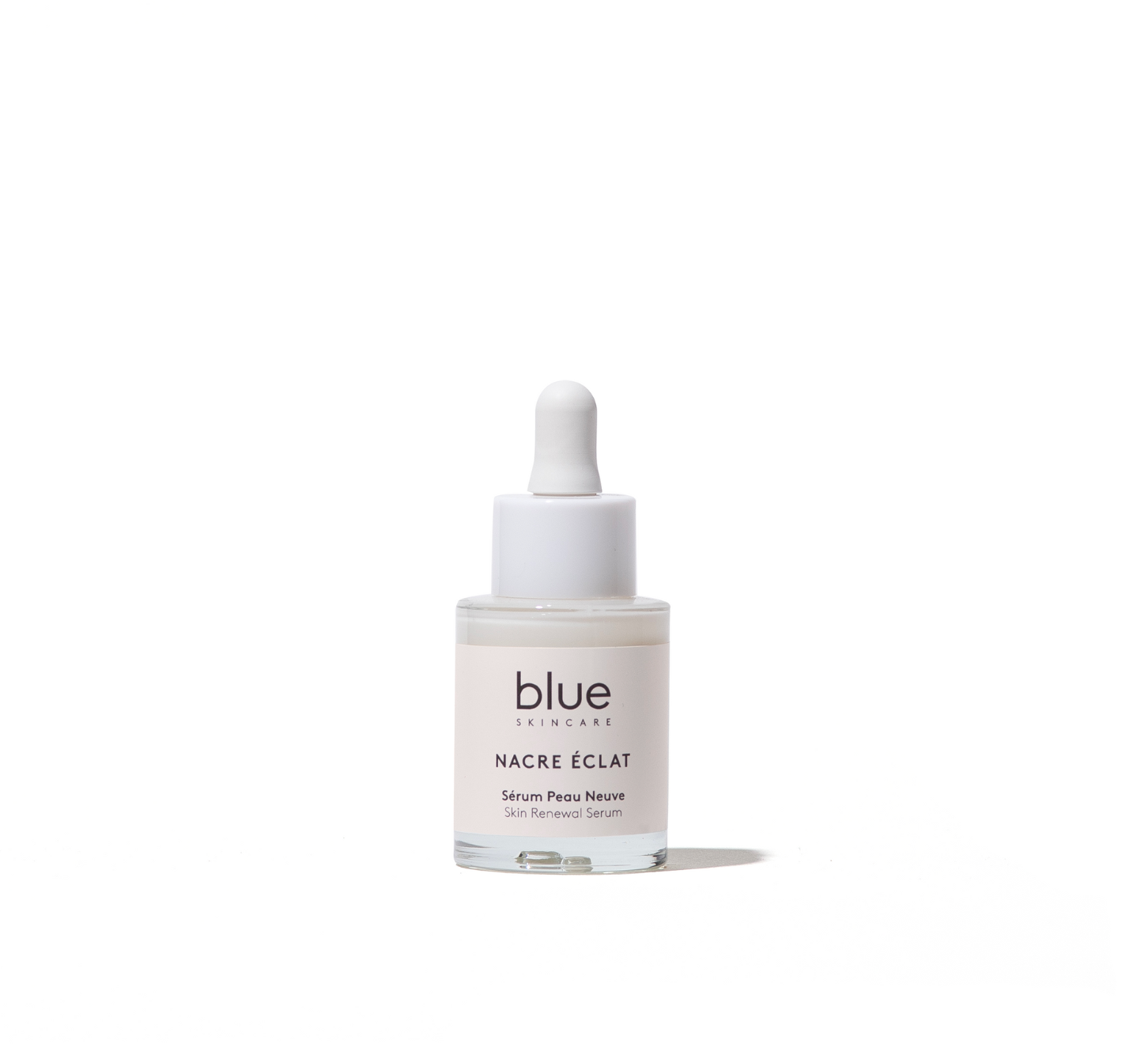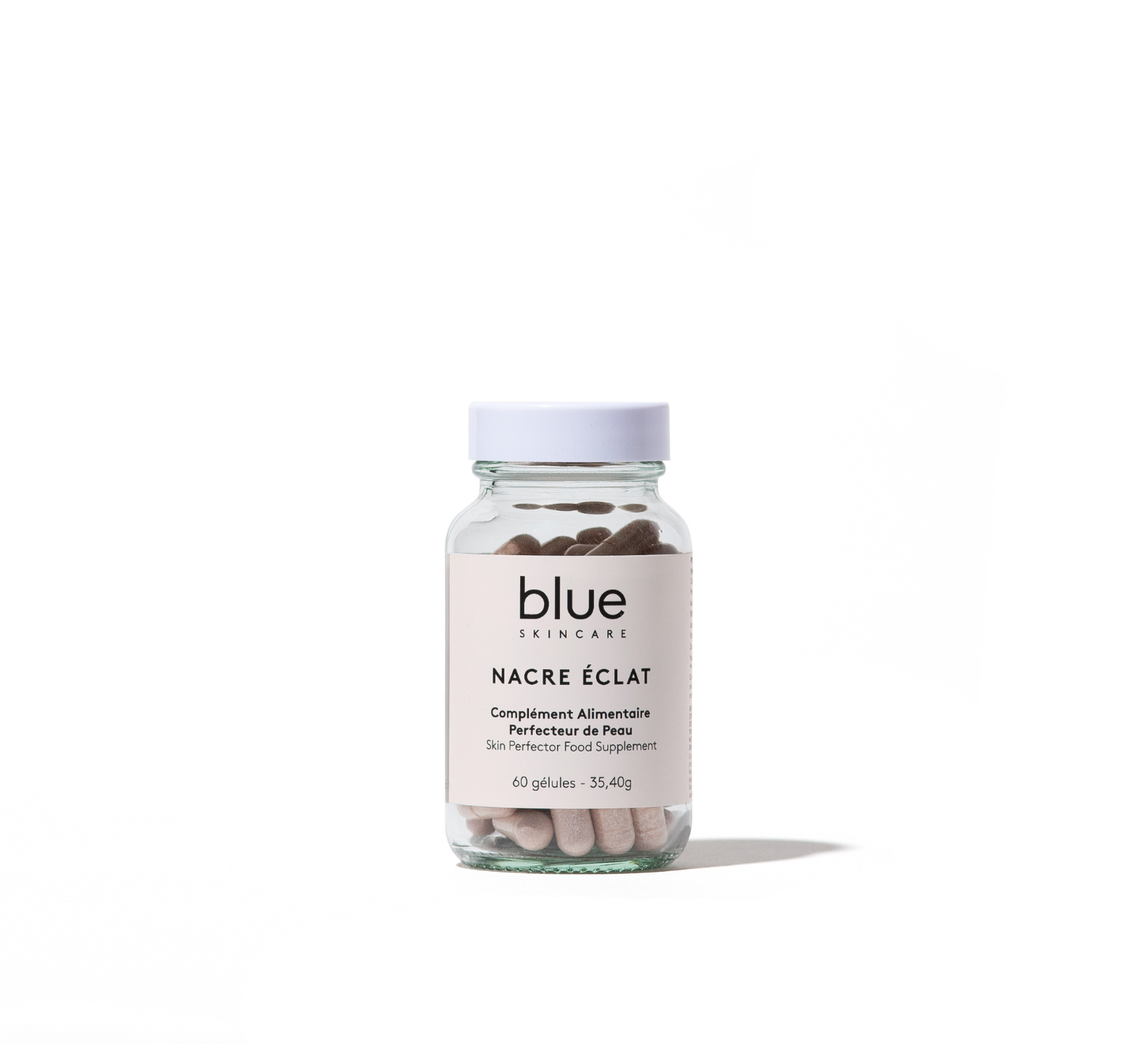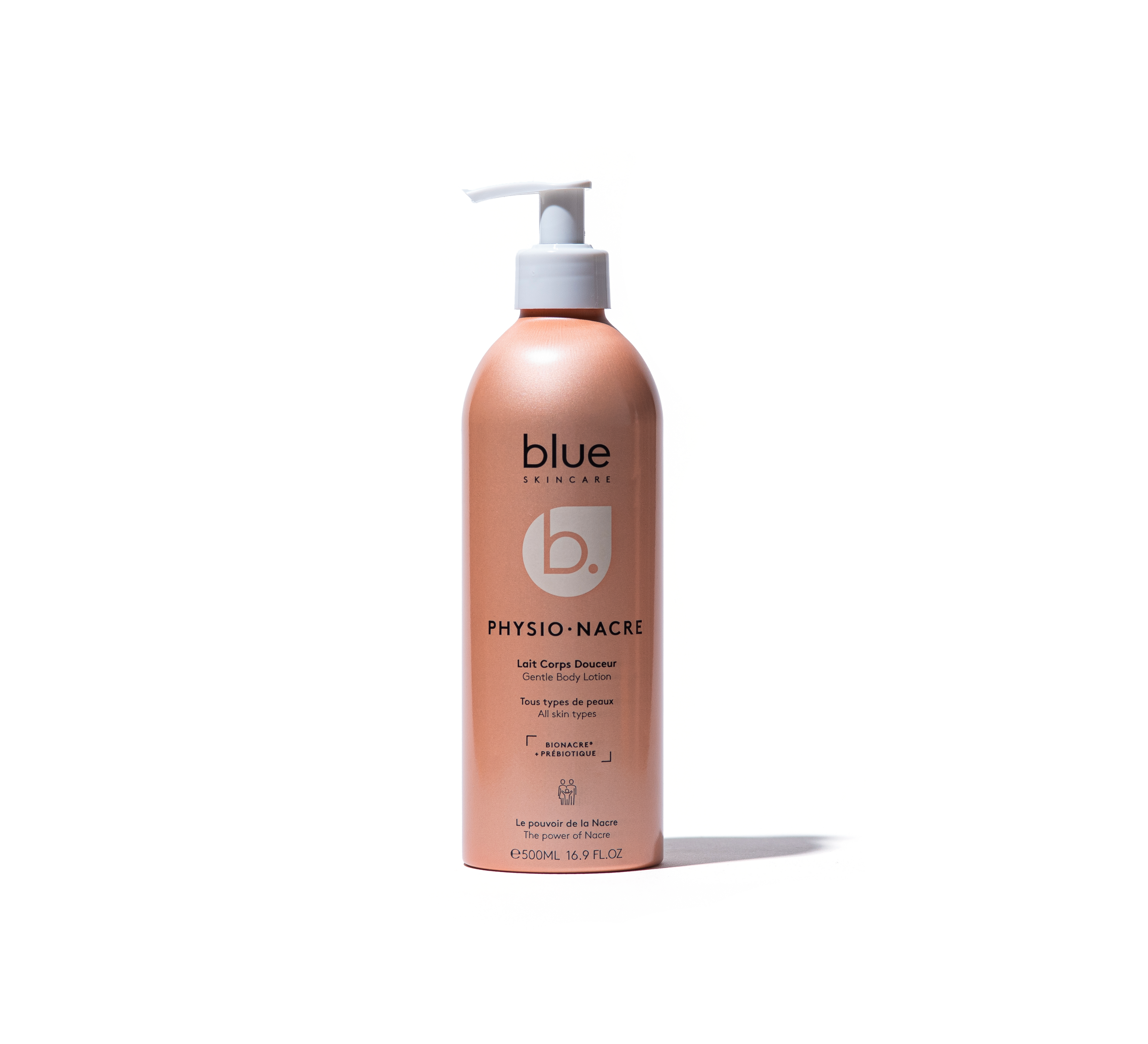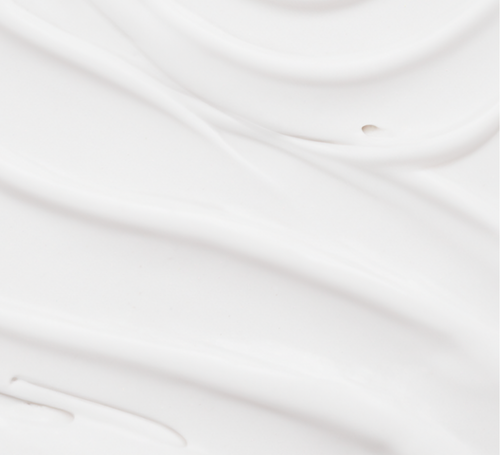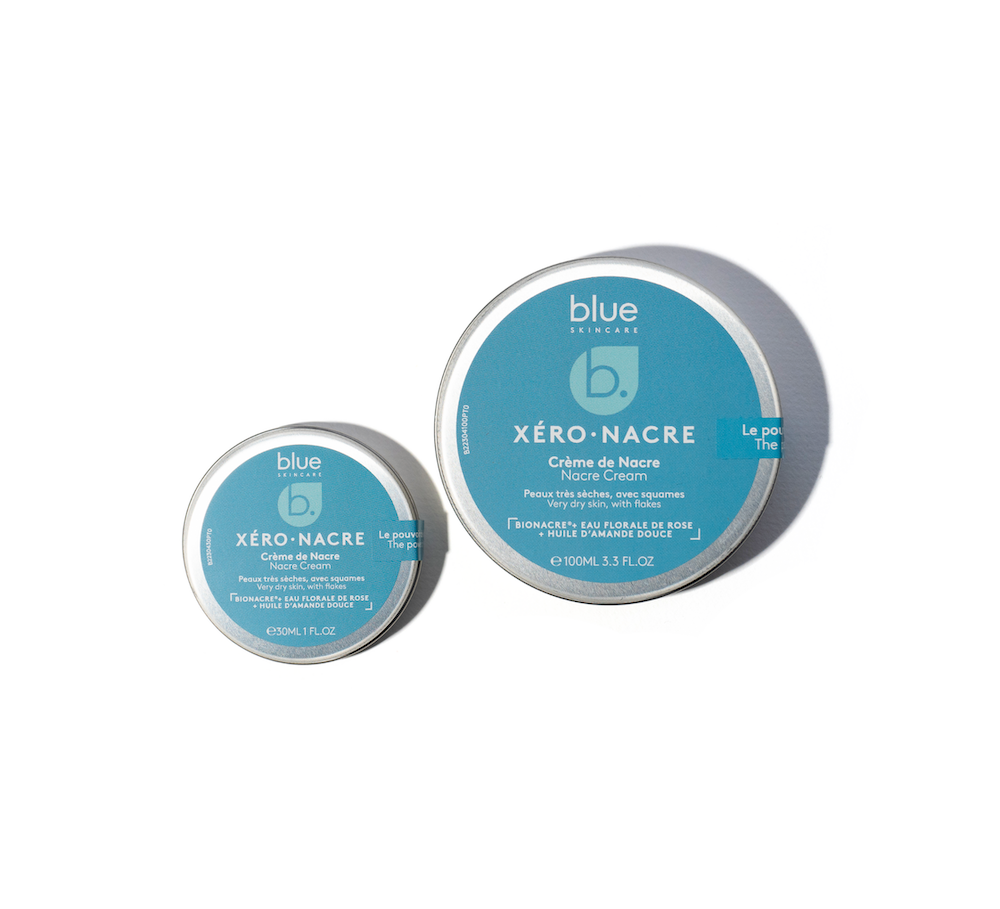The second-hand market is experiencing a real boom. According to a study by the Boston Consulting Group, it should even grow by 15 to 20% per year over the next five years. So much so that ready-to-wear brands and major retailers now offer their own second-hand service. We are not yet at the point of opening a shopping center exclusively dedicated to second-hand goods like in Sweden (ReTuna), but the offer is growing month after month.
Second-hand sites that have made the market explode
The second-hand market is booming, and the trend is particularly strong in the fashion sector. Thus, according to the Natixis Payments Observatory, the number of second-hand clothing purchases increased by 140% in 2021 compared to 2019! Kantar, which has conducted a study on this vintage fashion market for two years in a row, estimates it at 1.160 billion euros. More than one in four French people (29%) of purchasing age have already bought at least one second-hand item.





Obviously, resale sites and applications play a large part in this growing success. Thus, leboncoin brings together 29 million unique visitors each month. It is the most visited French site. As for Vinted , it is the second favorite E-commerce site of the French according to Foxintelligence. The Lithuanian platform for resale between individuals has become in a few years the third E-commerce site in France in terms of traffic, behind Amazon and Cdiscount, ahead of Fnac and Veepee (formerly Vente Privée). Last example, Beebs , a site specializing in the purchase and sale of second-hand goods for babies and children, has seen a 54% increase in sales since September.
There are two main reasons why consumers choose second-hand goods. According to a study carried out at the end of 2020 for the Oney bank, the price criterion is the primary motivation for 86% of French people, closely followed (78%) by environmental conditions.
Cyrillus and Petit Bateau, pioneers on their site


There are thousands of ads for Petit Bateau or Cyrillus items on Vinted. These brands have realized that it might be better to organize these sales themselves. In 2017, Petit Bateau opened a dedicated space in its application. The brand serves as a host for ads from individuals, who arrange between themselves for the sending and payment of the items. Of course, only the brand's products can be found there. Same concept on the Cyrillus side with its “Seconde Histoire” service, a dedicated site that hosts ads from individuals. Sellers have two options: get the money back or opt for a Cyrillus gift card. To encourage users to choose the voucher, Cyrillus increases the sale amount by 50%.
Originally, these brands offered this service to enrich their community and show that their items are of such quality that they can live several lives. A true sustainable fashion concept, while hoping to channel this anarchic market.
The Mulliez group on the front line
In the stores of the Mulliez galaxy, second-hand goods were quickly established.
Auchan opened the ball
The mass retailer launched its first experimental corners in February 2020 in five stores. The success was such that more than 120 Auchan stores had a second-hand corner by 2021. You can find all brands there, including Zara and H&M, at low prices. To do this, the brand has partnered with the French company Patatam, a startup created in 2013. The company supplies clothing stocks to Auchan – which it buys from individuals at very low prices and resells, after sorting, at a higher price in supermarket aisles – and also collects those entrusted by customers thanks to the collection section. Customers come to drop off their clothes, of any brand, at Auchan. For each bag dropped off, they receive a €5 voucher to be used in the clothing department.
The turn of specialist brands
After Auchan and Kiabi, the Pimkie and Jules brands have also opened corners in partnership with Eureka Fripes, the international leader in the sale of second-hand items in B to B and founder of the Kiloshop concept. Pimkie was inspired by this since women's clothing stores have chosen to sell these second-hand clothes by the kilo, in their ReLove corners.
The men's clothing brand Jules chose the name Rewear for its spaces, the first of which was inaugurated at the entrance to the Lille point of sale, followed by Nice, Angers, Reims, Brest and Lyon. These corners host second-hand items from all brands (Nike, Champion, Adidas), in the denim, sportswear and streetwear categories. In 2020, the company also signed a partnership with Le Relais for the collection of clothing: the brand's customers can drop off their used items in 500 boxes installed in Jules points of sale.



Everyone wants their tab or corner
Faced with this consumer craze, many other brands, such as Bocage Gemo, Camaieu, Promod, C&A or Eram have converted to second-hand clothing. The windfall is such that traditional brands no longer really have a choice.
Like Auchan, Leclerc, Cora and Carrefour have set up second-hand corners in some of their stores: Leclerc had 25 “Leclerc Occasion” points of sale in 2020. The distributor aimed to open more than a hundred — the Covid-19 pandemic has complicated its plans a little. Recently, Galeries Lafayette and Printemps have opened spaces dedicated to vintage and second-hand items. Luxury is not left out since brands like Burberry, JM Weston and Gucci also offer second-hand items.
The big names in the web, former mail order companies or multi-brands are not left out. In December 2020, La Redoute launched its own space for exchanging second-hand products between individuals, called “La Reboucle” and accessible on its portal or app. The fashion platform Spartoo lists several thousand second-hand clothes on the marketplace of its French site with the help of the specialized service provider Patatam. Cdiscount had already launched this service, like Zalando, the European leader in online ready-to-wear sales.
Beyond Clothes






But the fashion sector is not the only one to convert. Leroy Merlin has just launched its resale service, called “Second-hand products”. The sports brand Decathlon has long set up Trocathlon (an annual and ephemeral operation for the recovery and resale of equipment) and has strengthened its system, since we have found more and more corners dedicated to second-hand goods in stores for two years, as well as a site, Occasions.Decathlon.fr with a large part of the ads dedicated to bicycles. Système U is testing the sale of second-hand products in the household appliances, bazaar, culture and multimedia departments. Carrefour Occasion was opened in partnership with Cash Converters and Cora, with Easy Cash. Delsey launched the first platform dedicated to second-hand suitcases and travel bags, sold after being reconditioned. Since July, French Ikea stores have been offering the reservation of second-hand furniture available at their store on the brand's website.
Bringing people back and generating sales
In a context of a crisis in the number of customers visiting major retailers, in favor of local shops, Drive and online sales (all accentuated by Covid), traditional distributors have the ambition not to let Le boncoin or Vinted capture the market.
Persuading Senior Consumers
Finding second-hand items in the same stores as new products removes obstacles for senior consumers, who will never go through a platform. The store keeps a reassuring side for them, and assures them of quality and hygiene.
Generate traffic again
Having a second-hand corner is not an alternative to new products, it is an imperative that creates traffic by attracting a younger clientele. Second-hand sections generate strolling in the store. They even increase the number of visits: one to drop off a product, the other to buy it!
The aim is therefore to boost attendance, sales and image as much as – or even more than – reducing their environmental footprint.
Generate sales
Second-hand sales are always seen as a service, but behind this desire for circularity often lies the - antagonistic - ambition to generate new sales, since the fruits of sales can be recovered in cash or in vouchers, increased by 20% at Kiabi, 25% at La Redoute, 30% for Promod or Maison 123. However, 60% of customers opt for the voucher. QED.
As we can see, the second-hand market is far from having more sustainable and environmentally friendly consumption as its sole motive. On the consumer side, the argument is often as much economic as ecological, linked to purchasing power. On the brand and retailer side, the arguments are multiple. For brands with a certain prestige, it is a question of proving the quality of their items, capable of living several lives, of managing their brand image and of channeling the sales of their products, both second-hand and first-hand. For large retailers, the goal is to capture a share of the market, in particular to bring people back to these large stores that have been somewhat neglected in times of economic and health crisis, and to seek out new consumers - lovers of vintage at low prices - in the hope of building their loyalty.
